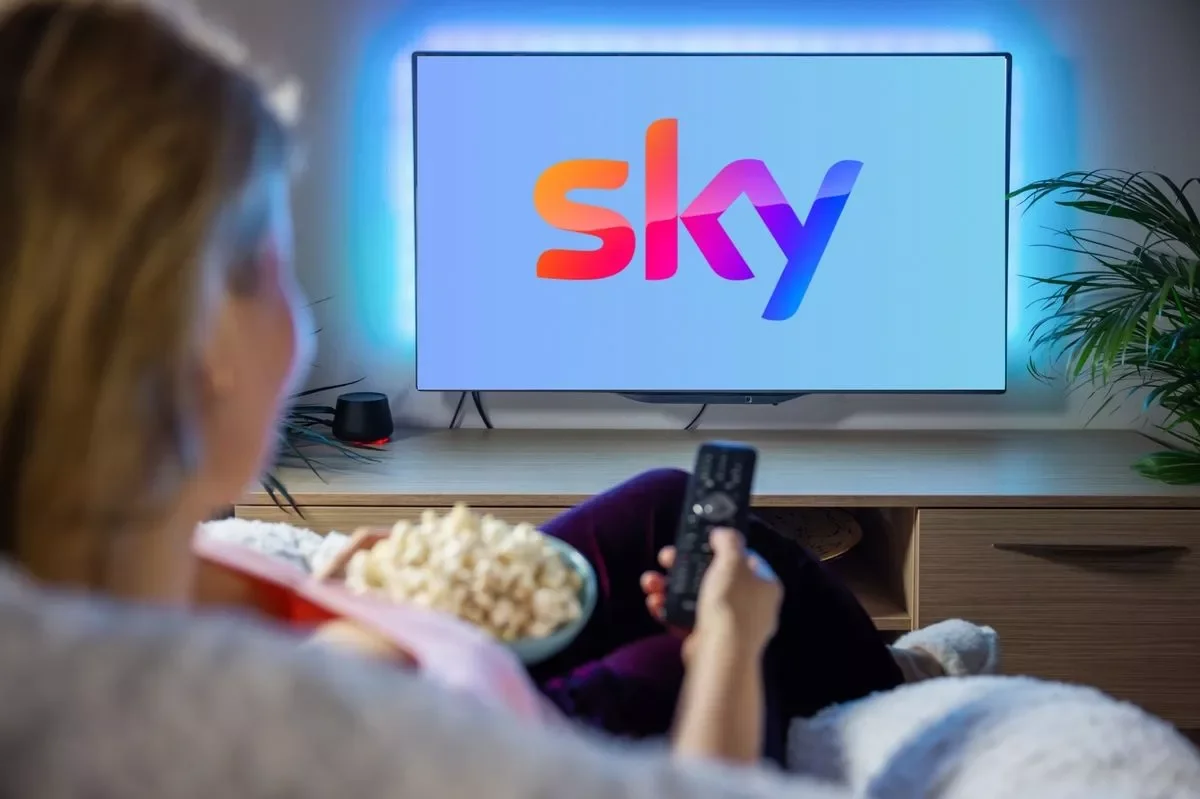How to meet Consumers at every stage of the Consumer Purchase Journey
Consumer Journey
Key Takeaways
Map campaigns to the full journey – From pain point to purchase, align creative, media, and messaging with the exact stage the consumer is in.
Prioritise trust and connection – Reviews, transparency, and shared values are as important as price or product features.
Seamless, omnichannel experiences win – Mobile-first, frictionless checkout, personalisation, and consistent cross-channel messaging turn interest into loyalty.
Introduction: Why the Consumer Journey Still Matters
Digital marketing moves faster than ever. Platforms change, algorithms shift, and consumer expectations rise constantly. Yet amidst this constant change, one truth remains: consumers don’t buy in a straight line.
They move through a series of stages — from recognising a problem, to discovering solutions, to comparing options, to deciding who they trust, and finally to making the purchase. Each step represents both an opportunity and a risk. Get it right, and you guide them effortlessly towards your brand. Get it wrong, and they drift to a competitor.
At One Day, we break this down into five key stages of the purchasing journey:
Establishing the consumer’s pain point
Introducing your brand
Making the connection between need and solution
Building trust
Proving your brand is the best option
This framework has stood the test of time, but how we meet consumers at each stage has changed dramatically. The rise of AI, new ad formats, data privacy shifts, and omni-channel behaviours mean marketers need to reimagine how they activate each step.
Let’s walk through the journey using a real-world lens. We’ll follow “Bill” — a fictional consumer looking to buy his first violin — and see how a brand can meet him at every stage.
Stage 1: Establishing the Pain Point
Every consumer journey begins with a problem or desire. For Bill, it’s simple: he wants to fulfil his dream of learning the violin.
At this point, Bill isn’t searching for a particular brand. He’s searching for answers to his pain point. He might type “how hard is it to learn violin?” into Google, or scroll through TikTok tutorials to see if it’s possible for beginners.
How marketers should respond
Content discovery: This is where search-optimised content, YouTube explainers, and TikTok micro-tutorials come into play. Educational content positions the brand not as a seller, but as a trusted guide.
Audience intent: Use tools like Google Trends, AnswerThePublic, or TikTok Creative Centre to uncover the exact language people use. Bill isn’t searching for “¾ size violin” — he’s typing “easy violin for beginners.” Brands that mirror this language win relevance.
Paid media targeting: Programmatic and search campaigns can capture this early intent. Display ads with messaging such as “Thinking of learning violin? Start simple with our beginner kits” introduce the brand without heavy sales pressure.
is stage isn’t conversion — it’s visibility and empathy. If Bill feels a brand understands his problem, he’s more likely to continue down the journey with them.
Stage 2: Introducing Your Brand
Now Bill has recognised his problem, the next step is brand introduction. He needs to know who can help.
This is the moment when awareness campaigns matter most. Bill might see a YouTube pre-roll ad, a sponsored TikTok from a violin teacher, or a Pinterest pin about “How to decorate a practice corner at home.”
Tactics that work
Short-form video for awareness: Platforms like TikTok, Instagram Reels, and YouTube Shorts dominate consumer attention. Creative that blends entertainment with education is the hook.
AI-driven targeting: With third-party cookies disappearing, brands must rely on first-party and contextual targeting. A brand can target based on music content consumption rather than generic demographics.
OOH meets digital: Awareness isn’t only online. A DOOH (Digital Out-of-Home) placement outside a music college saying “Your first violin lesson starts here” drives intrigue and complements digital campaigns.
This is the stage where Bill first “meets” the brand. The challenge is to make that introduction memorable without overwhelming him with technical jargon.
Stage 3: Making the Connection
This is where awareness turns into consideration. Bill knows violins exist, but now he needs to connect the dots: “This brand can solve my problem.”
Here, brands must speak the consumer’s language. Bill doesn’t want details on soundboards and spruce wood — he wants to know which violin is “easiest for beginners.”
Tactics for connection
Consumer-focused copywriting: Simplify jargon. Replace “¾ size” with “Perfect for beginners aged 12+”.
Retargeting with relevance: Dynamic product ads can retarget Bill with messaging aligned to his searches. Example: “Still searching for your first violin? Start here.”
Educational storytelling: Content marketing shines here. Blog posts titled “Beginner mistakes when buying a violin” or TikTok tutorials on “5 things I wish I knew before I started playing” help Bill see the brand as an ally.
AI personalisation: Platforms can now tailor creative at scale. If Bill’s browsing music education content, the ad he sees could feature a beginner practising at home rather than a professional orchestra.
The key is empathy. When Bill feels a brand truly understands his pain point, the connection forms.
Stage 4: Building Trust
Once Bill sees that a brand can solve his problem, the next hurdle is trust. Consumers expect transparency, ethics, and accountability.
What builds trust
Reviews and social proof: Consumers trust online reviews as much as personal recommendations. Brands should surface Trustpilot scores, user-generated content, and testimonials prominently.
Data transparency: With regulations around privacy, trust also means showing Bill how his data is used. Clear cookie consent and simple opt-outs matter.
Value alignment: For many consumers, trust is tied to values. If Bill cares about sustainability, he’ll want reassurance that the violin is ethically sourced or that packaging is recyclable.
Behind-the-scenes storytelling: Brands that show process win credibility. A YouTube mini-documentary titled “How our violins are made: from workshop to your hands” fosters authenticity.
Advanced trust builders
Influencer credibility: Partnerships with credible creators (music teachers, not generic influencers) bridge the gap.
Community engagement: Forums, Discord groups, or TikTok Q&As where Bill can interact with other learners build reassurance that he won’t be alone on the journey.
Trust isn’t just rational. It’s emotional. Bill must feel safe investing time and money in the brand.
Stage 5: Proving You’re the Best Option
Finally, Bill is ready to decide. He’s aware of the problem, knows the brand, sees the connection, and trusts the offer. Now comes the conversion moment.
What makes the difference
Clear USPs: Why should Bill buy from you, not Amazon or another shop? Highlight benefits like “Free first lesson included”, “24-hour delivery”, or “Lifetime string replacement guarantee.”
Compelling offers: Limited-time promotions, bundles (violin + case + beginner lessons), or loyalty rewards can tip the balance.
Seamless checkout: With the majority of purchases happening on mobile, a frictionless checkout with Apple Pay, Klarna, or one-click payments is critical.
Omnichannel support: If Bill wants to try the violin in-store, offer click-and-collect. If he buys online, provide transparent delivery tracking and proactive customer support.
The goal here is not just to win the sale, but to lock in loyalty. Post-purchase follow-up, welcome emails, and community invitations turn Bill from a buyer into a brand advocate.
Bringing It All Together: Practical Journey Mapping
For marketers, the challenge isn’t just knowing these five stages, but activating them in harmony.
Checklist for activation
Stage 1 (Pain Point): SEO, TikTok explainers, intent-driven content.
Stage 2 (Brand Introduction): Paid social, DOOH awareness, influencer seeding.
Stage 3 (Connection): Retargeting, simplified product language, educational storytelling.
Stage 4 (Trust): Reviews, transparency, value-led content, community.
Stage 5 (Best Option): Offers, USPs, seamless checkout, loyalty nurturing.
The most effective strategies treat this as one journey, not five silos. Bill doesn’t see channels — he sees experiences. Your job is to ensure every touchpoint aligns.
Future Trends Shaping the Consumer Journey
Several forces are reshaping how brands meet consumers:
AI-powered personalisation: Dynamic creative optimisation tailoring ads to individuals, not just segments.
Privacy-first marketing: With third-party cookies gone, first-party data collection and loyalty programmes dominate.
Immersive media: AR try-ons, VR experiences, and interactive DOOH are becoming mainstream in consideration and trust stages.
Community commerce: Consumers increasingly rely on communities (Discord, Reddit, TikTok micro-cultures) for purchase decisions.
Sustainability as table stakes: Value alignment around environmental and social responsibility is non-negotiable in the trust stage.
Brands that anticipate these shifts will future-proof their strategies.
Final Word
The consumer purchase journey is not linear, nor is it static. It’s dynamic, fragmented, and increasingly shaped by technology and culture.
But one principle hasn’t changed: consumers want brands to meet them where they are. Whether that’s Bill searching “easy violin for beginners” on Google, scrolling TikTok for inspiration, or checking reviews before purchase, your role is to anticipate, empathise, and guide.
If you can meet consumers at every stage — from pain point to purchase — you don’t just win sales. You win loyalty, advocacy, and long-term growth.
And that is the ultimate competitive advantage.
To learn more about Consumer Purchase Journey, get in contact today.












